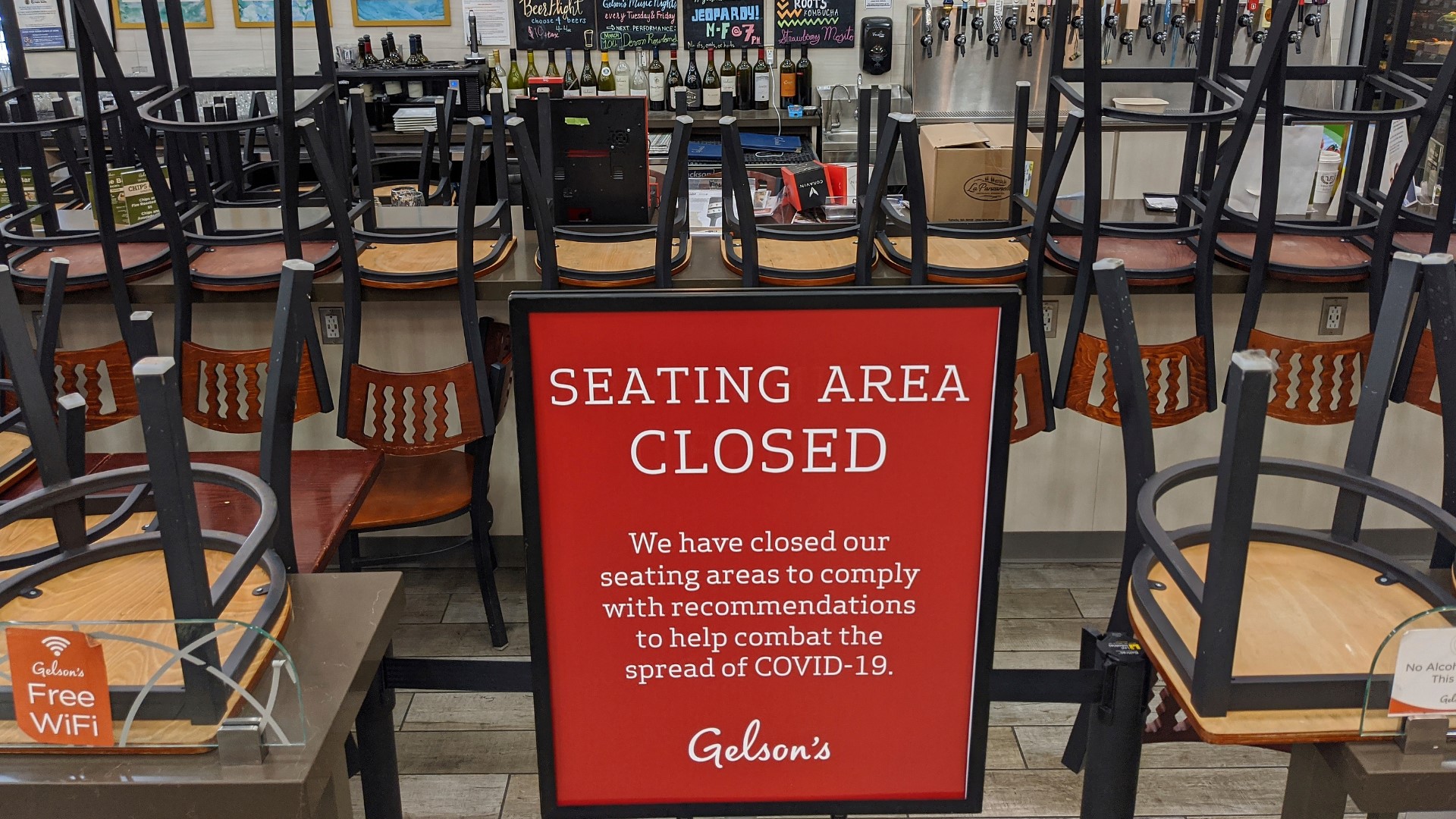STANISLAUS COUNTY, Calif. — After a year of coronavirus lockdowns and business restrictions, Stanislaus County and the rest of California could be in for a long road to economic recovery.
“We’re not going to be bouncing back till like the end of 2023, 2024,” said Gökçe Soydemir, Foster Farms Endowed Chair of Business Economics at Stanislaus State University.
He said there's been an uneven impact as a result of the lockdowns and pandemic, specifically toward the unskilled workers who make up the majority of the county's workforce. These include the workers in hospitality, leisure, and retail services who lost their jobs during the pandemic.
A full recovery for them isn't expected anytime soon.
“We don’t see that for leisure and hospitality services employment, and we don’t see it for retail services and employment. Now, retail services and employment is coming back, but it’s not coming back as fast as we could,” he said.
Vito Chiesa, Stanislaus County Supervisor, said that if you go off sales tax revenue alone, the economy didn't take too big of a hit outside of March and April. But, he said it's a different story as you walk among the nail salons, restaurants and other small businesses that were devastated by the pandemic and lockdowns.
“It’s been really devastating and that money has been translated over into Amazon and the essential business that were able to stay open. It’s the tale of two worlds… we’ve seen a lot of people close their doors for good and, regardless of the PPP (Payment Protection Program) money available to them (or) our business grant program, it still wasn’t enough to keep them afloat.”
It's part of the "tremendous imbalance" that Jody Hayes, the county's Chief Executive Officer, believes will be seen in economic studies over time.
While Hayes and Chiesa are both in positions of power in the county, they both say that the decision to close businesses and restrict activities became controlled at the state level eventually.
However, livelihoods depended on the economy and choosing to shut it down was an unenviable position for anyone. Hayes said it was a hard time to be in leadership during 2020.
“There’s no county in California that had their own destiny in terms of being able to control what they did at the local level. I’m not even arguing that it should have been that way. I think the state of California was in a very very difficult situation,” Hayes said.
Hayes and Chiesa said there wasn't much counties could do locally about business restrictions, even with the benefit of hindsight. But there are some things they wish that they could have done if they had the authority to do so.
"We should have been more restrictive in certain areas (like agriculture warehouses or meat processing), and in areas where we weren’t seeing transmission, we should have allowed them to continue to operate," Chiesa said. "The yo-yo effect of opening and closing again is more damaging than allowing people to slowly ramp up or slowly ramp down because it becomes immediate. It’s an immediate impact to them.”
RELATED: Coin shortage solution? Newman Taco Bell offering a free taco to customers who pay with coin rolls
For Hayes, he would have preferred a more nimble approach by the state toward COVID-19 policies instead of what he described as a more cautious approach from state officials.
“I think the reason that’s really, really important is particularly about five or six months into the pandemic is when we really started to see an erosion of public trust," Hayes said. "If the public was not onboard with the mitigation standards - no matter how you message, no matter what justification you try to bring forward, that doesn’t necessarily mean the public’s going to follow suit, and once you lose the public, we’re not making progress.”
He said that people at all levels of government were making decisions based on what they didn't know. Transmission, the impact on specific people, and other basic answers weren't available at the time.
“Most of the emergency plans and actions that governments put in place and that we put in binders and that we have on our shelves ready to go at a moment’s notice, they pay reference to pandemics, but nothing like what we’ve experienced in this last year," Hayes said. "So, I would be very surprised if anybody just pulled a binder off the shelf and worked their emergency plan and scored an A+ over this last year.”
Another one of the big challenges was getting the proper message out to the community.
“All of the initial modeling and conversation and discussion around COVID-19, I think led the public to believe that this was a short term issue, that this was not going to be a year long, (and) that kids needed to come out of school but you didn’t hear anybody saying kids were going to come out of school, likely for an entire year,” Hayes said.
Nearly a year later, some of the county's junior high and high school students finally made their return to campus and the county has transitioned to the less-restrictive red tier of California's reopening plan.
For Hayes, Chiesa, and even Soydemir, the coronavirus vaccine is the way forward in restoring the economy.
"I want people to trust that the vaccines are safe," Chiesa said. "I want to encourage you to get a vaccine when you are eligible because that is really our path out. That’s the hope that’s in front of us on a go-forward basis.”
For more information on how to get a coronavirus vaccine, click HERE or visit the StanEmergency Facebook page.
WATCH ALSO:

















